Protecting needs towards sustainable well-being
The significance of green public spaces is well documented in relation to social inclusiveness, human health, and biodiversity, yet how green public spaces achieve what Gough (2017) has termed ‘sustainable wellbeing’ is less understood. This contribution presents preliminary results from a study of green public spaces in four mega-cities of South and Southeast Asia: Chennai (the Republic of India), Metro Manila (the Republic of the Philippines), Singapore, and Shanghai (the People’s Republic of China), cities that have climates ranging from tropical, to subtropical and temperate. The conceptual framework brings together social practice theories with human development theories, methodological implications for the study of park usage, and Protected Needs. This study sets out to understand how parks satisfy human needs by uncovering practices in relation to activities and material arrangements. Central to the research design and sampling strategy is a desire to understand park-related practices in all of their diversity, and accounting for how different activities are carried out by diverse groups of people. The paper presents exemplary results showing that parks provide a space in which a multitude of needs are satisfied, and that parks cannot be substituted by other settings such as commercialized spaces. The paper will conclude by discussing tensions between types of park usage, and in relation to commercial encroachments on public space.
Read the full article on The Journal of Public Space
Authors
Recommended by Luisa Bravo

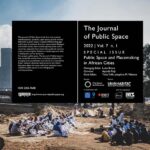




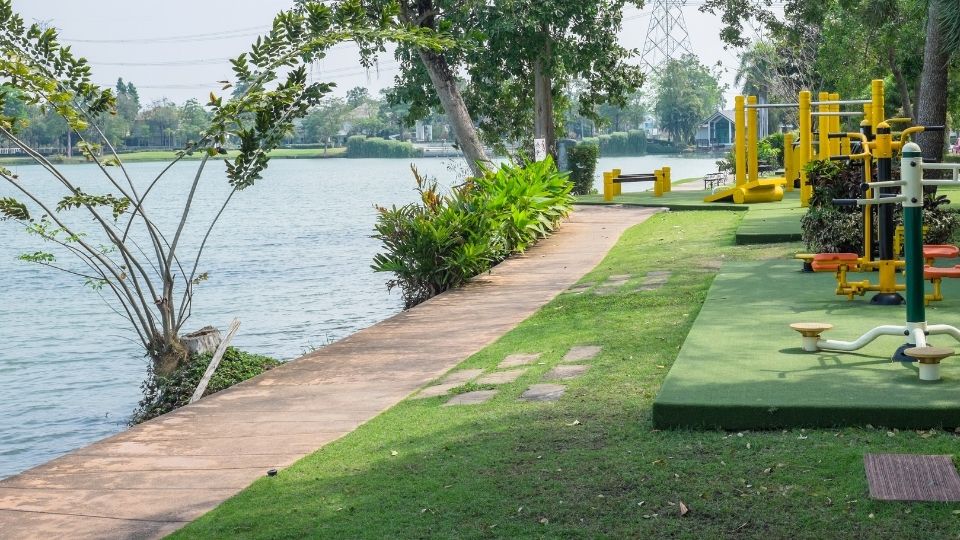
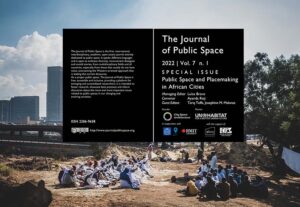

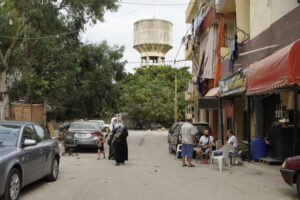
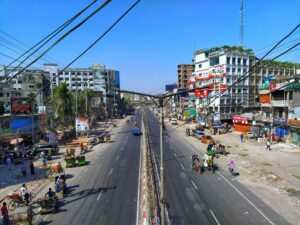
More Stories
Guidelines for Climate-Resilient, Gender-Responsive, and Socially Inclusive Public Open Spaces in Bangladesh
Activating a Neglected Canal as a Community Hub by Lab D+H
Abandoned no more: Mumbai’s new park on previously disused land